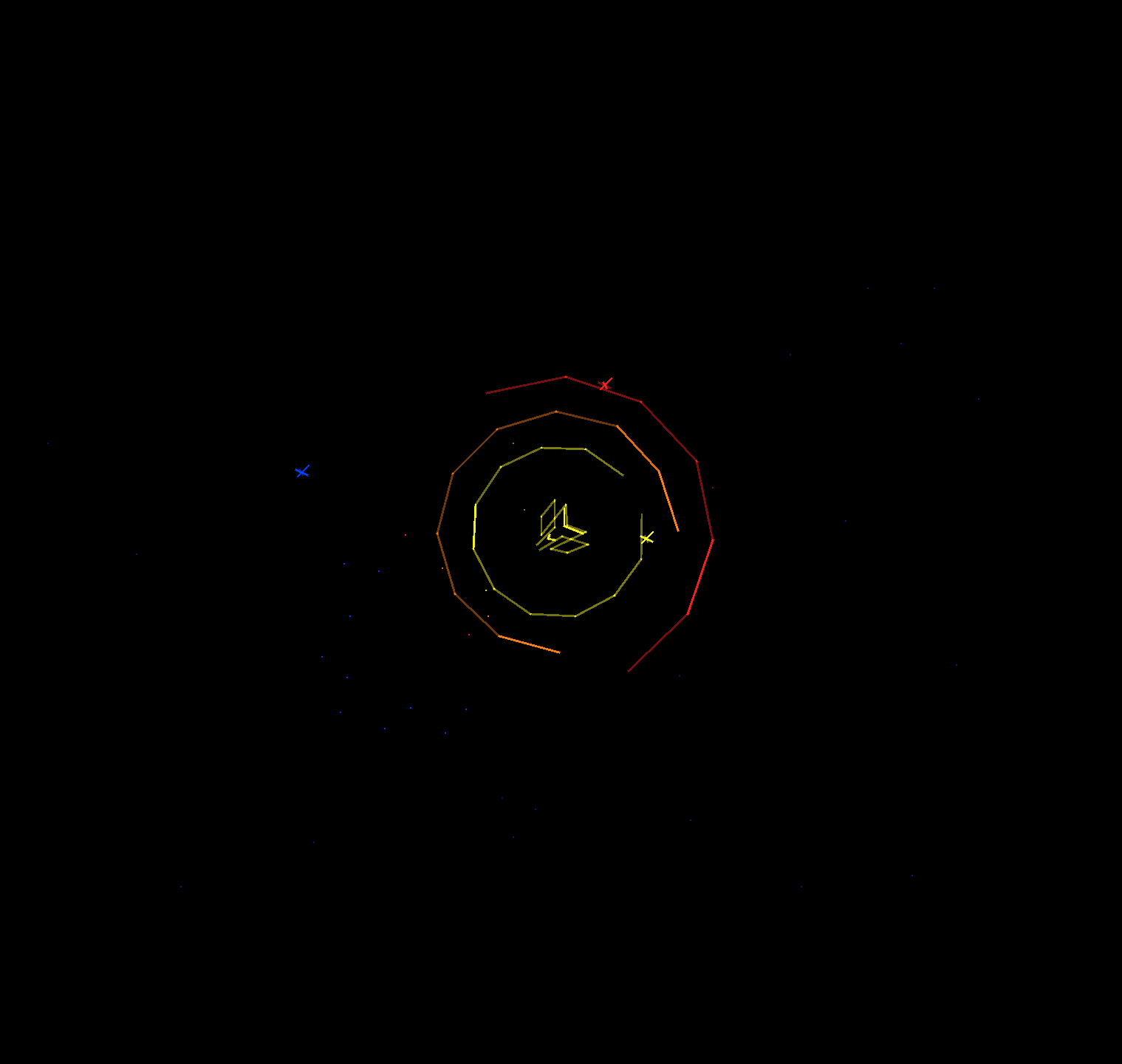Introduction
Released in 1980 by Cinematronics, Star Castle is a vector-based arcade space shooter where players must destroy a rotating shielded fortress surrounding a central cannon. Known for its crisp vector graphics, rotating ring mechanics, and escalating difficulty, it remains a standout example of early arcade innovation. Its unique gameplay and aesthetic influenced later classics and earned it a loyal following in the golden age of arcades.
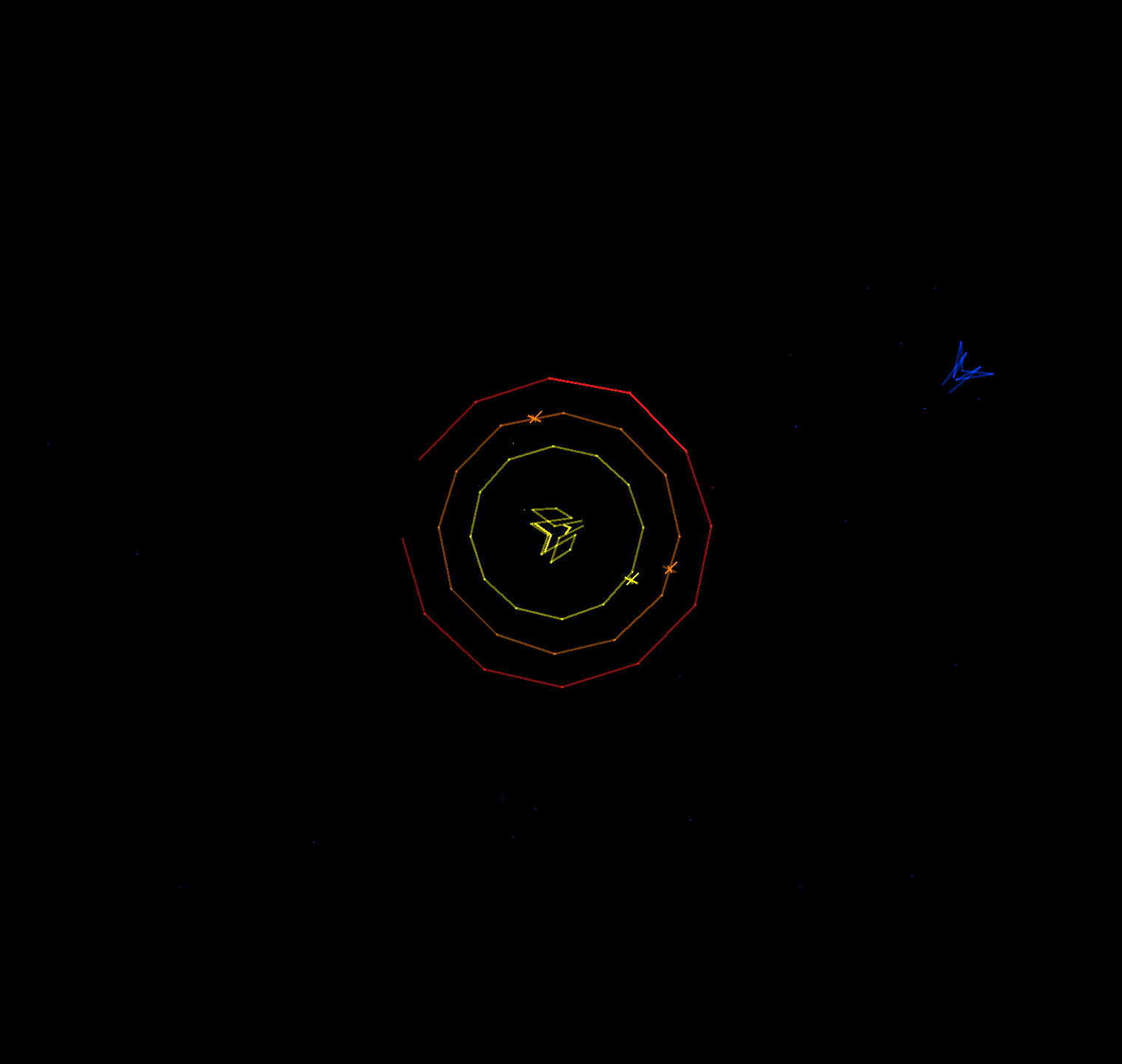
Development and History
- Developer: Cinematronics
- Publisher: Cinematronics
- Release Date: 1980
Star Castle was designed by Tim Skelly, a notable figure in early arcade game development, and programmed by Scott Boden. The game’s distinctive vector display and rotating shields stood out in a market dominated by raster-based shooters. It was built on hardware previously used for Rip Off and Armor Attack, enabling smooth circular motion and glowing outlines that enhanced its futuristic presentation.
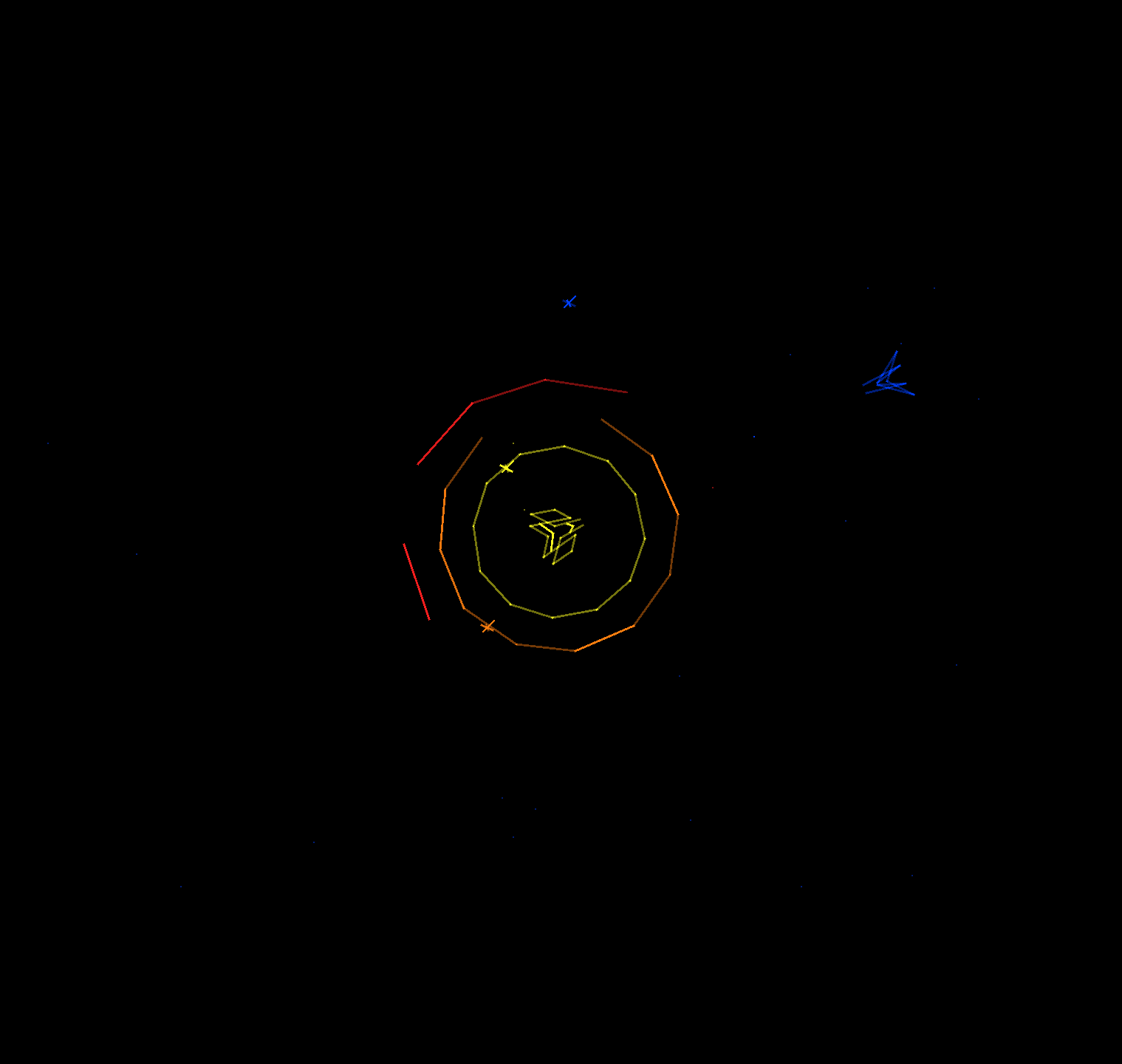
Gameplay Video
Gameplay and Mechanics
Core Gameplay
- Objective: Destroy the cannon at the center of a three-ring rotating shield without being hit.
- Controls: Players pilot a ship using thrust and rotation (similar to Asteroids), with a single fire button.
- Shield Rings: The castle is protected by three concentric energy rings that rotate independently and regenerate.
- Homing Mines: The central cannon launches deadly homing mines that track the player’s ship.
Challenges
- Precision Shooting: Players must blast through gaps in the rotating shields to damage the center.
- Regenerating Shields: Damaged segments eventually regenerate, demanding quick and efficient attacks.
- Tracking Mines: Avoiding the fast and intelligent mines adds constant pressure.
- No Safe Zones: Players must stay mobile to avoid both mines and their own momentum.
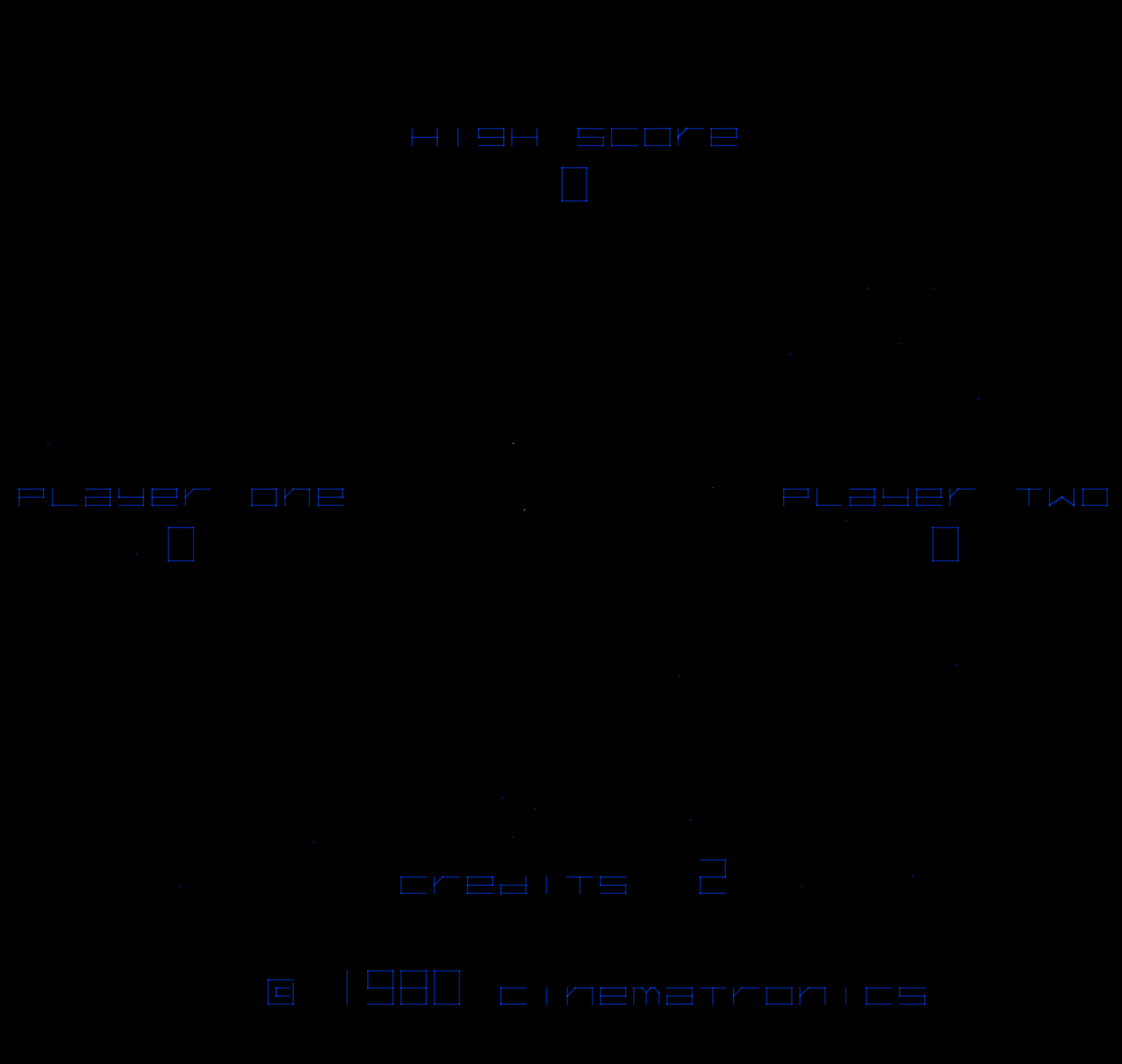
Cultural Impact and Legacy
- Technical Achievement: One of the few games of its era to feature full 360-degree enemy protection and regeneration.
- Influence: Inspired early concepts for Yars' Revenge on the Atari 2600.
- Collector’s Favorite: Due to its unique cabinet and vector display, it remains a prized piece for retro arcade collectors.
- Never Ported During Era: Due to its complex mechanics and graphics, no official home version appeared in the early '80s.
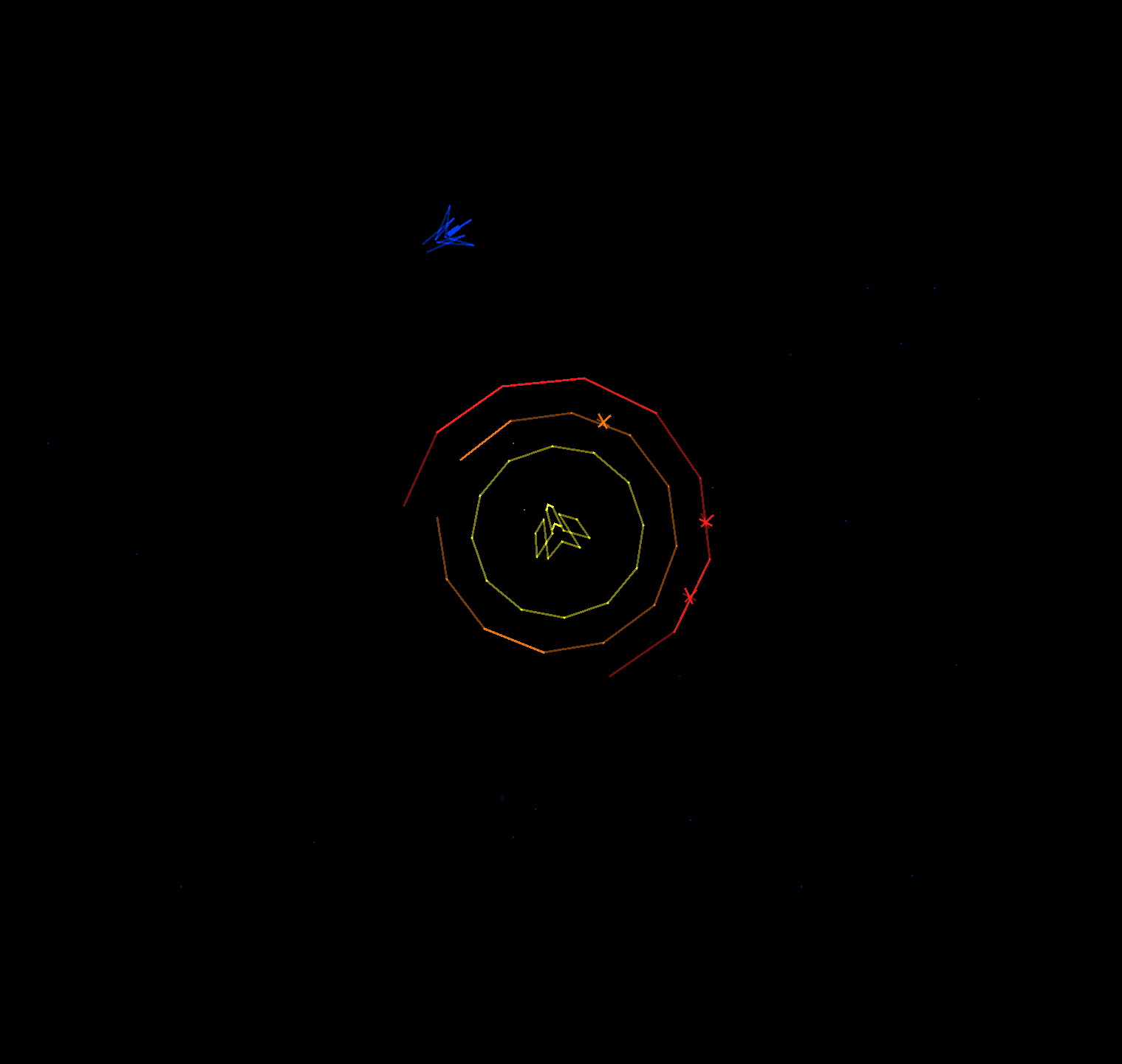
Fun Facts
- Cabinet Design: Features bold side art and a glowing vector screen that remains striking even today.
- Spiritual Sequel: Tim Skelly would later contribute to other vector-based innovations like Reactor.
- Targeting Strategy: Players learned to “spin” the castle and lead shots through rotating gaps.
- Minimalist Sound Design: The game uses a pulsing background hum and piercing weapon sounds for atmosphere.
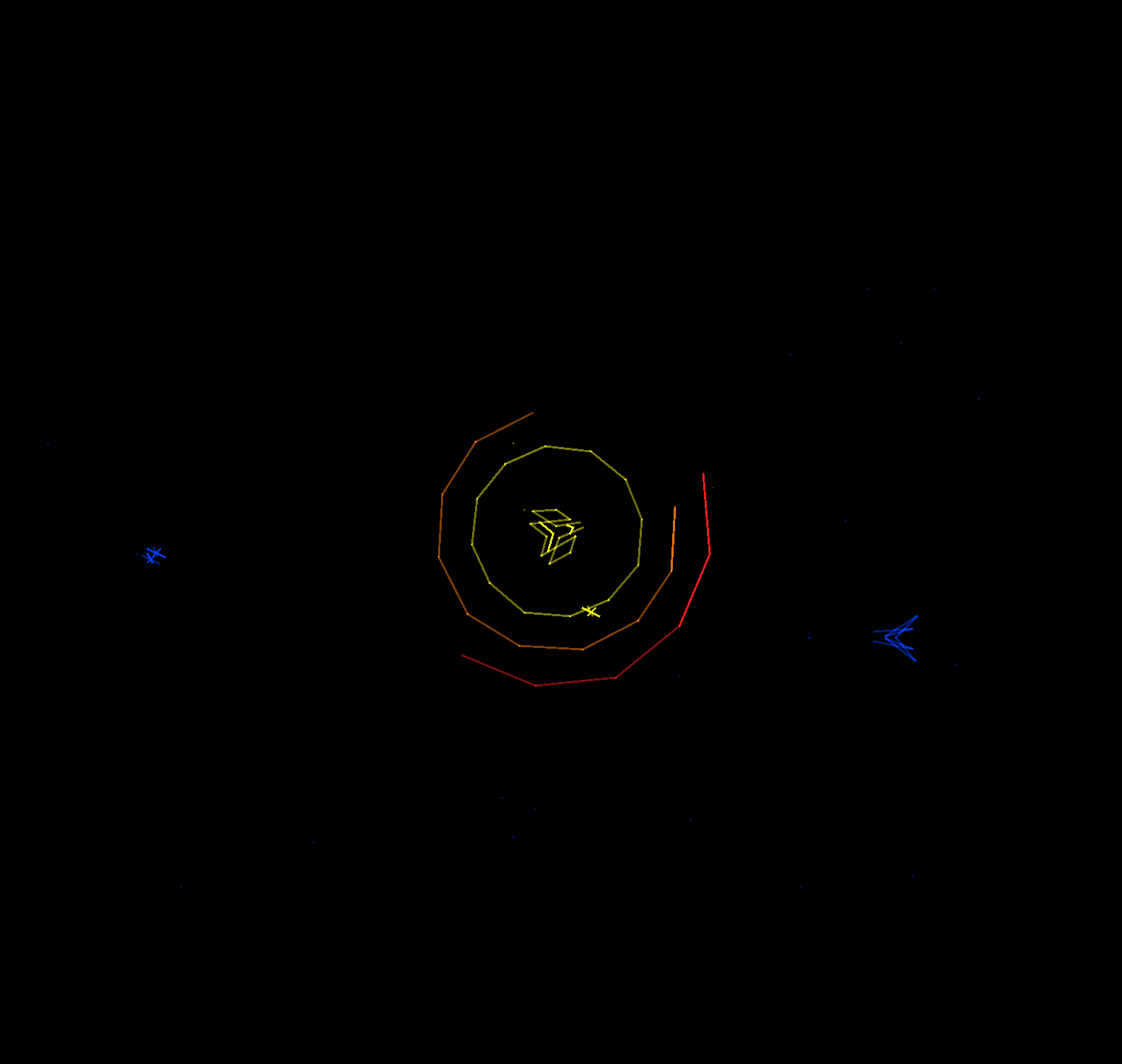
Conclusion
Star Castle is a masterclass in minimalist arcade design—easy to learn, tough to master, and visually timeless thanks to its vector display. Its strategic shooting, rotating barriers, and deadly mines created a level of tension few games of its time could match. For fans of precision shooters and early sci-fi arcade action, Star Castle remains an essential play.

